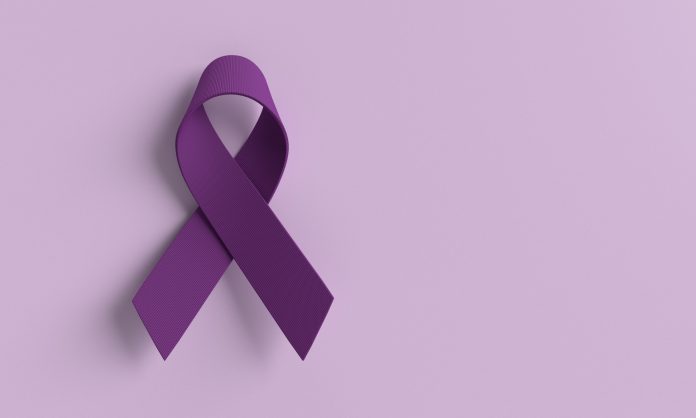Paul Landau, CEO of Careology, a digital cancer care platform used by the NHS and private health sector, posits the need for smart investment into digital tools to support cancer care and maximise the efficiency of resources
World Cancer Day, an initiative driven by the Union for International Cancer Control (UICC), calls on governments around the world to enhance cancer service accessibility, reduce disparities in cancer incidence and mortality, and close the care gap. Improving health equity, particularly in cancer, in which one in two people will be diagnosed within their lifetimes, is one of the most important challenges of our time.
In 2020, Cancer Research UK published a report which indicated that more than 30,000 extra cases each year are attributable to socioeconomic variation, and survival is worse for the most deprived groups. But addressing these problems is difficult as the cancer care sector works through an ever-growing backlog of patients needing treatment, and the UK ranks as having some of the worst survival rates in the developed world.
Between January and March 2023, for example, only 58.8% of patients with cancer in the UK began treatment within two months of urgent referral, meaning that the remaining cases have likely become more complex and harder to treat. So, when our care system defaults into working reactively, how can we move towards supporting it to achieve equity and improve outcomes for patients by World Cancer Day 2025?
Some would argue that progress towards this goal over the last year has faltered. January saw the publication of the UK’s cancer care targets, with some – including the time from referral to urgent treatment – falling below the rates recorded in 2022.
There were undoubtedly important wins for the system, such as a record number of cancer tests conducted, moving us towards a stage shift to habitually earlier diagnosis. But pouring funding into this cavernous sector where wastage of time, resources, and money appears unavoidable just isn’t working.
Investing in digital tools: Lessons learned from open banking
We need smart investment into digital tools that can help maximise the efficiency of our resources and turn the needle towards a supported, proactive approach to dealing with cancer diagnoses by both healthcare teams and those undergoing treatment.
There have been similar industry shifts before. If we look at how open banking rewired the creaky financial services system, we see how digital innovation enabled customers to make better choices more conveniently, ultimately leading towards far greater financial inclusion.
Gone are the days of going into your bank branch to conduct simple transactions; face-to-face time is now only reserved for those who need or want it. Not only is this more convenient and efficient, but it also addresses the seismic behavioural change in end users. As in finance, tech companies will also drive this shift in cancer care.
We can do this in cancer care, but we need strategic investment into digital tools that have clinical rigour and are proven to free up clinical time. This would help to support healthcare teams to provide better outcomes at a lower cost. So digital can – and must – once again play the role of equaliser.
The experts agree. A recent policy review paper, published by 12 of the country’s leading cancer experts, summarises a ten-point plan to improve the UK’s cancer services. It highlights the importance of sustainably increasing productivity and ensuring patients can access innovative technologies that are equitably implemented.
Empower and support patients to take better control of their diagnosis
Access to technologies is a serious issue because, as the NHS Long Term Plan calls out, healthcare providers can use it to expand the quality of care they provide by putting people in better control of their treatment and promoting self-management.
Without this access, healthcare teams’ visibility of patients stops outside the four walls of the hospital. It forces those undergoing treatment to make important clinical judgments from home, such as whether a symptom requires an emergency visit to the hospital. Here, digital is a real game-changer.
Better connectivity between healthcare providers and their patients nearly always results in better care – and at lower cost because it enables early intervention when there is an indication of a problem and reduces unnecessary contact for advice. As Dr Majid Kazmi, Chief of Cancer Services at Guy’s & St Thomas NHS Foundation Trust, says, “Clinicians can’t be with patients 24/7, but technology can be.”
Invest in the whole cancer pathway
If technology is with patients all the time, it must be accessible for the whole time they live with and beyond cancer. We have seen some increased investment in the diagnosis stage particularly. Still, the cancer pathway – which spans screening, testing, treatment, aftercare and prevention – is hugely complex, and there are many players who are often disconnected, making the process hard to navigate for the patient and unnecessarily complicated for the clinician.
Against this backdrop, bringing digital transformation to the health sector, specifically the cancer care space, is also extremely complicated. In order to add value, it is critical that patients’ and clinicians’ needs are put right at the centre of how technology is developed and that every part of the pathway is looked at holistically. Today and over the next year, players across the cancer care space will continue to call for these technologies to be embedded into the delivery of care in order to bring us closer to equity and better outcomes.











